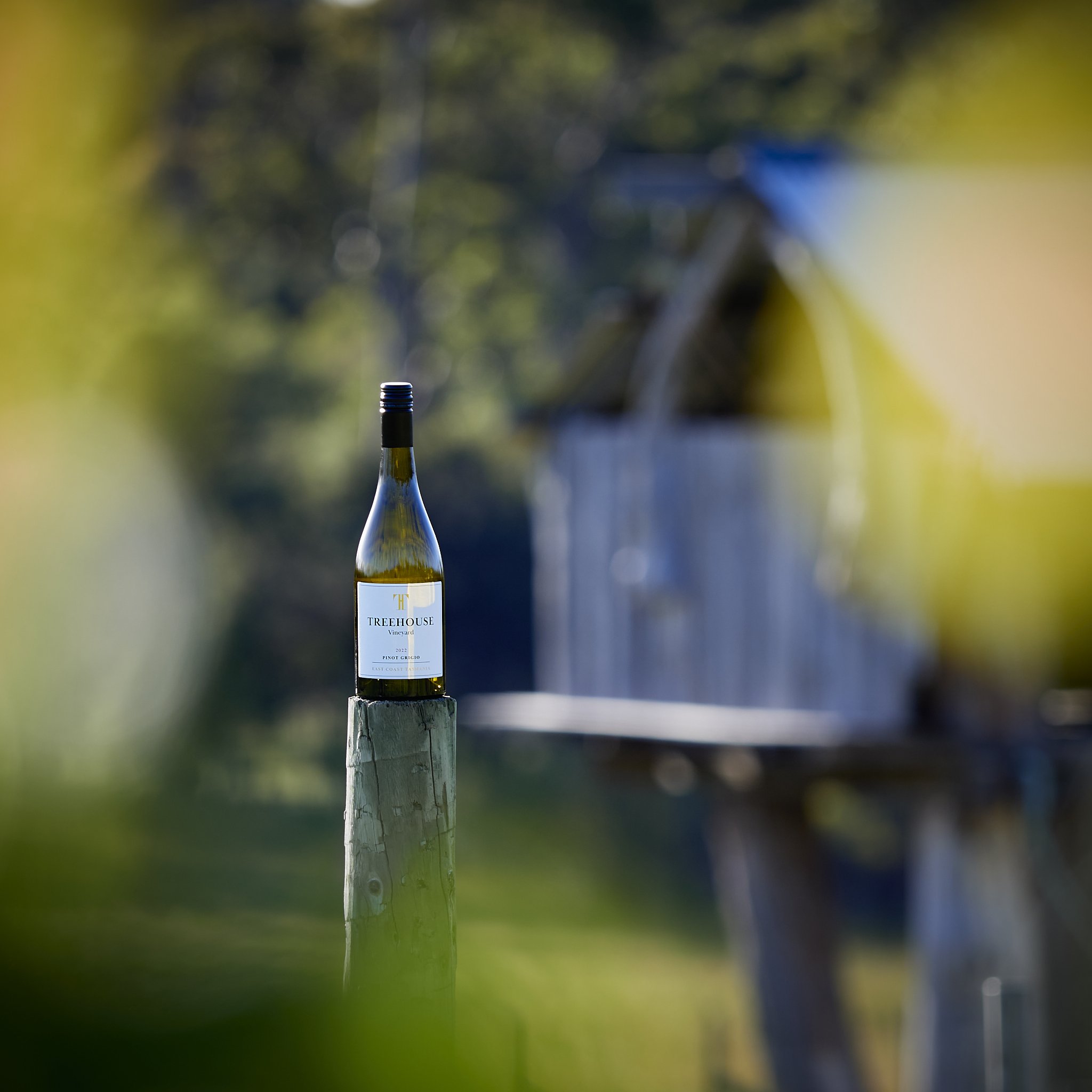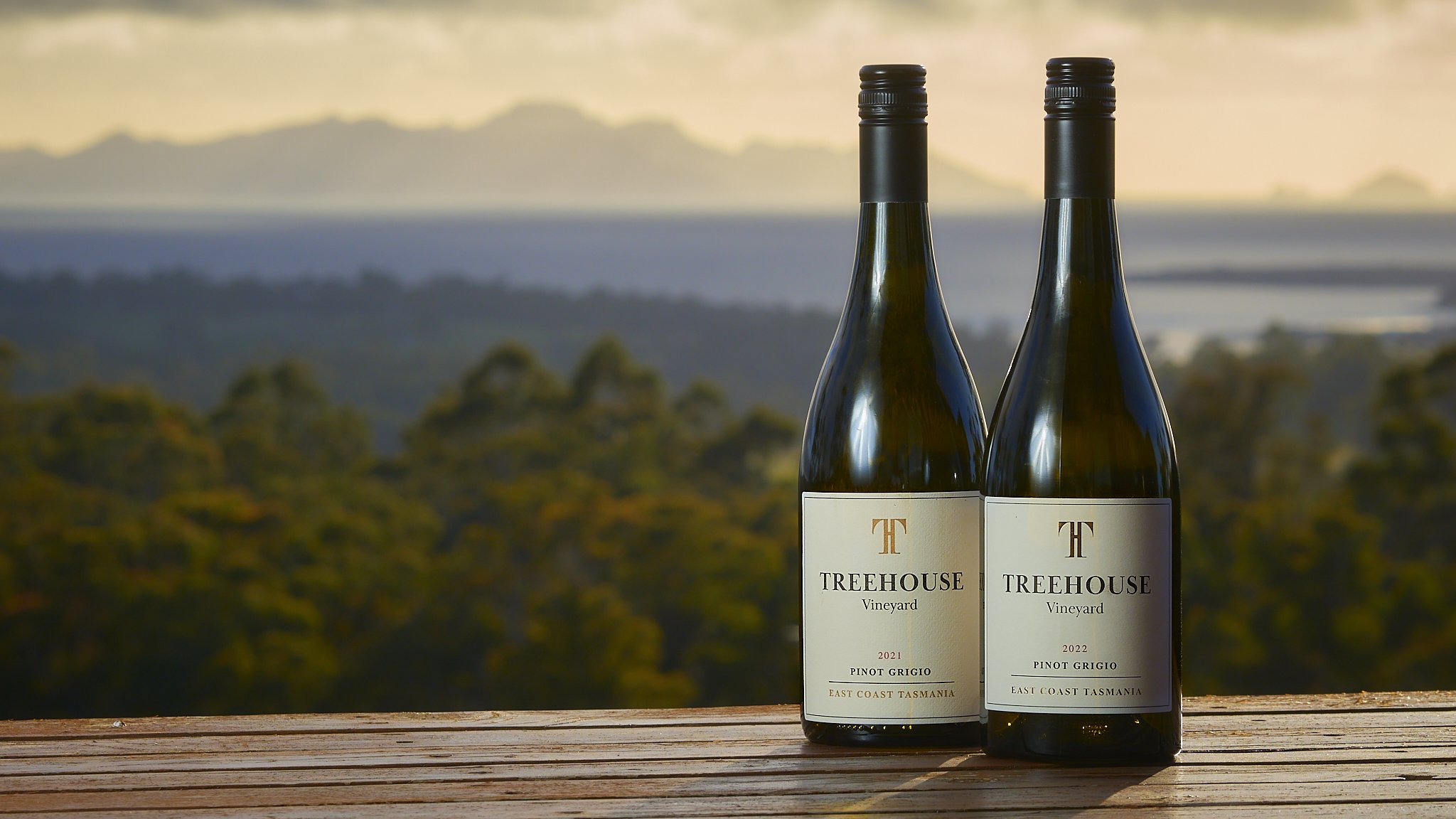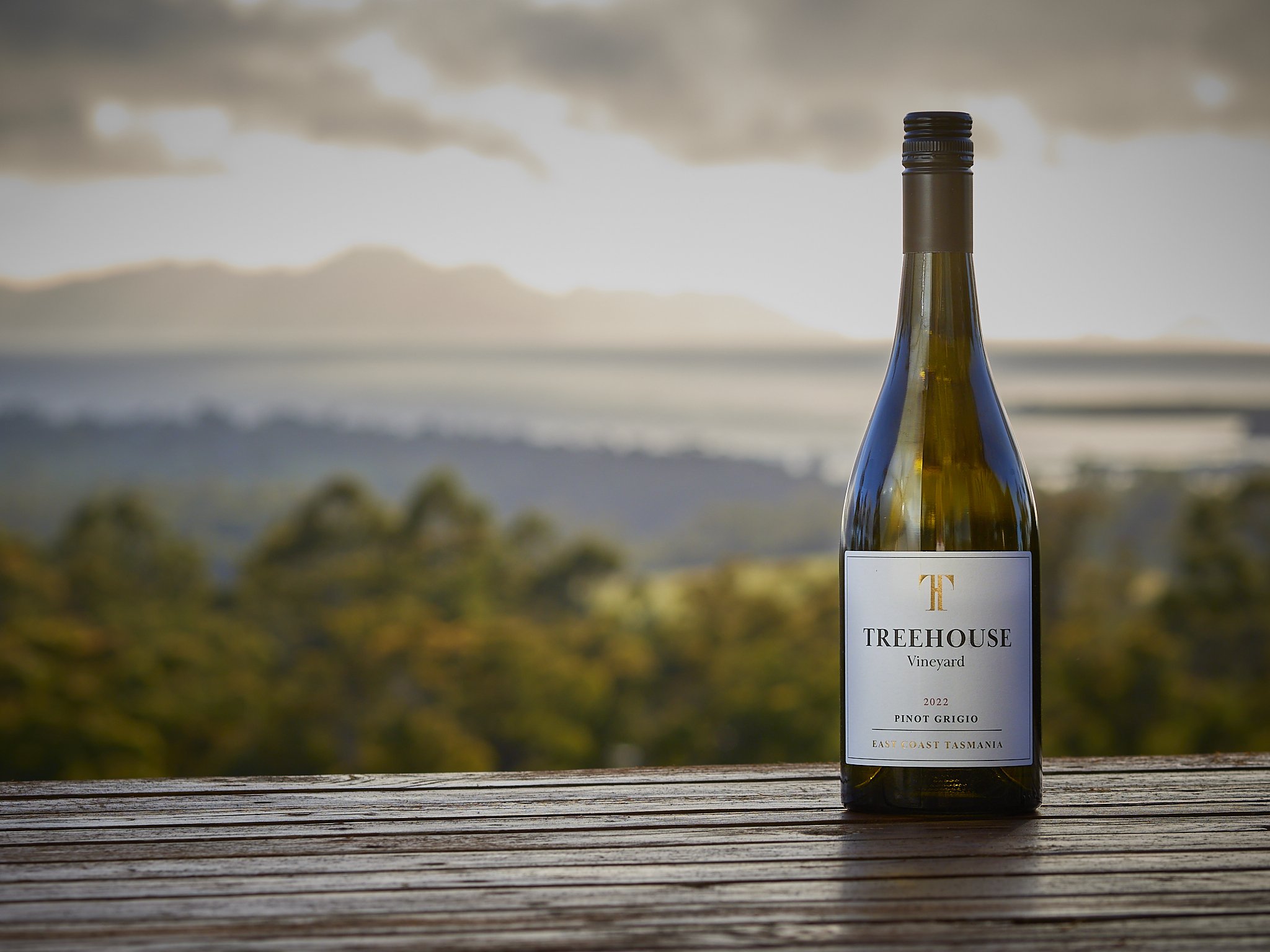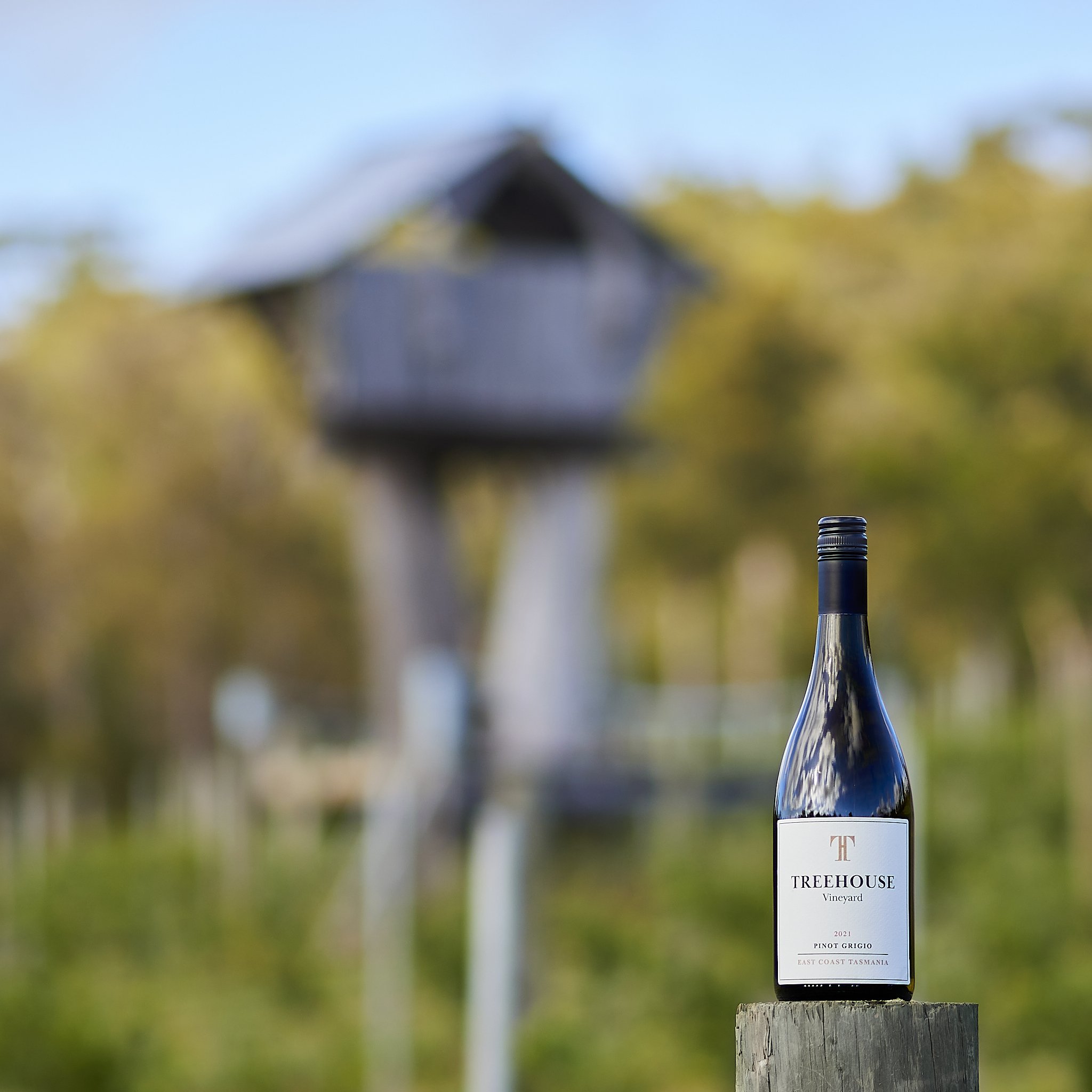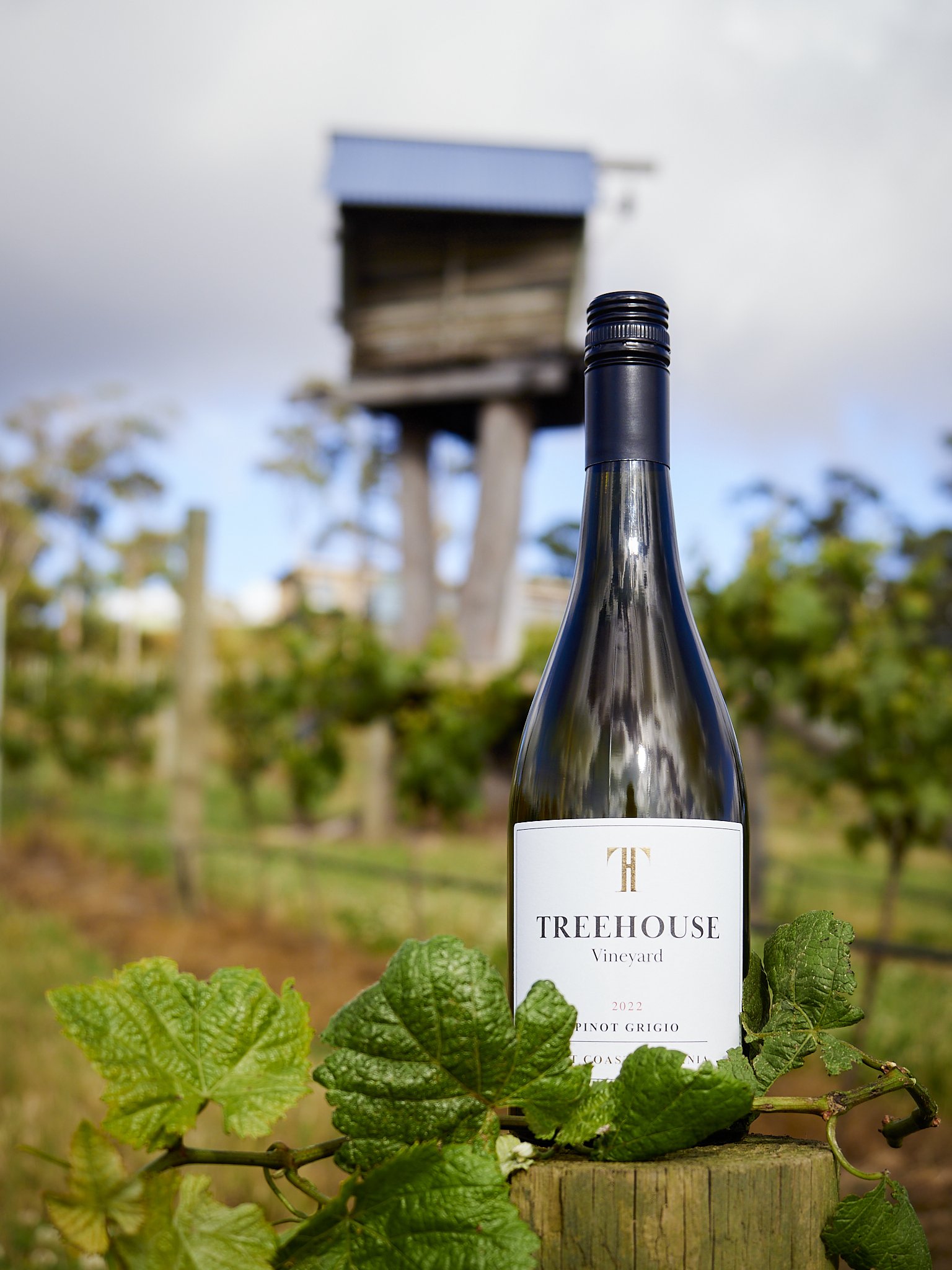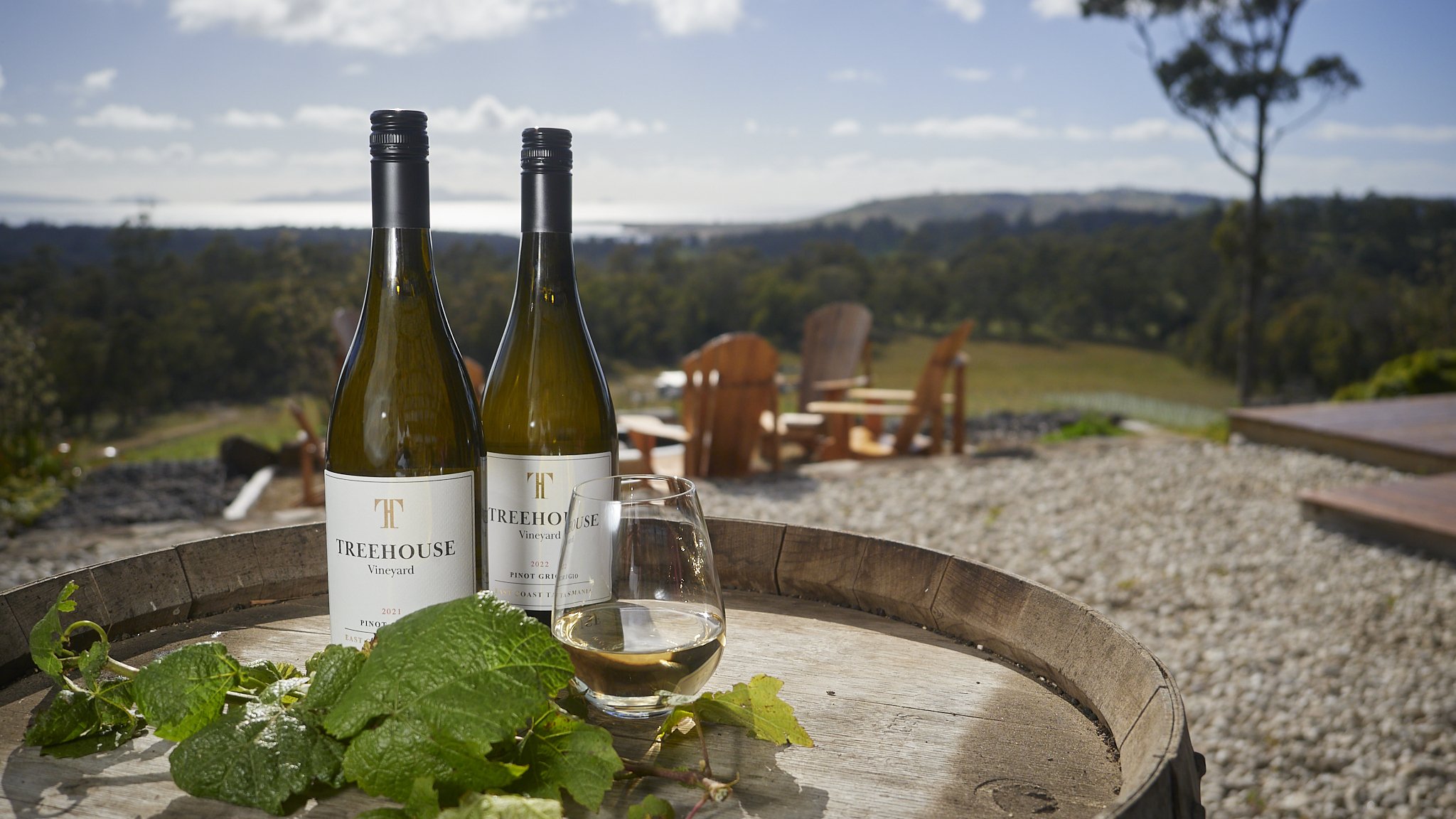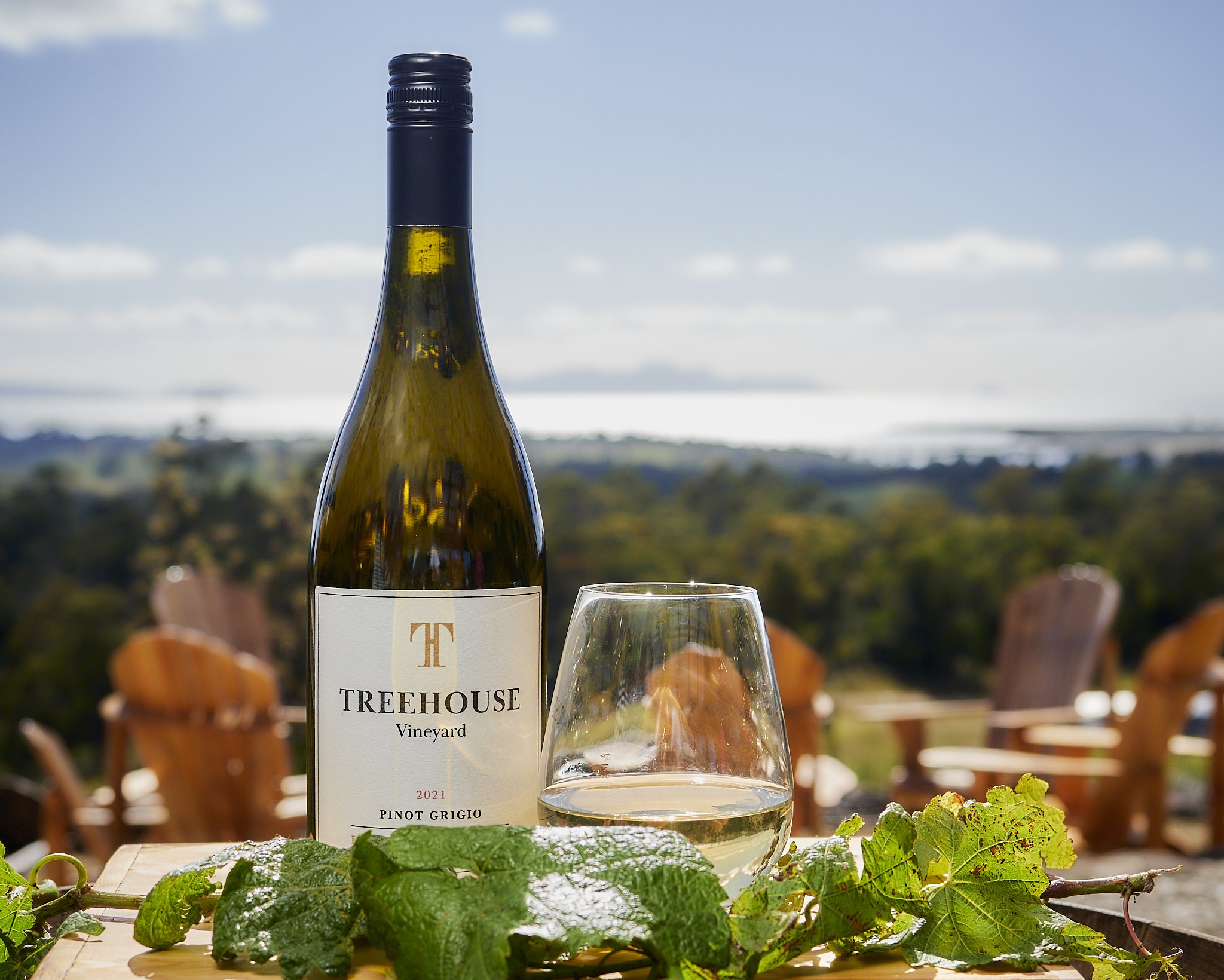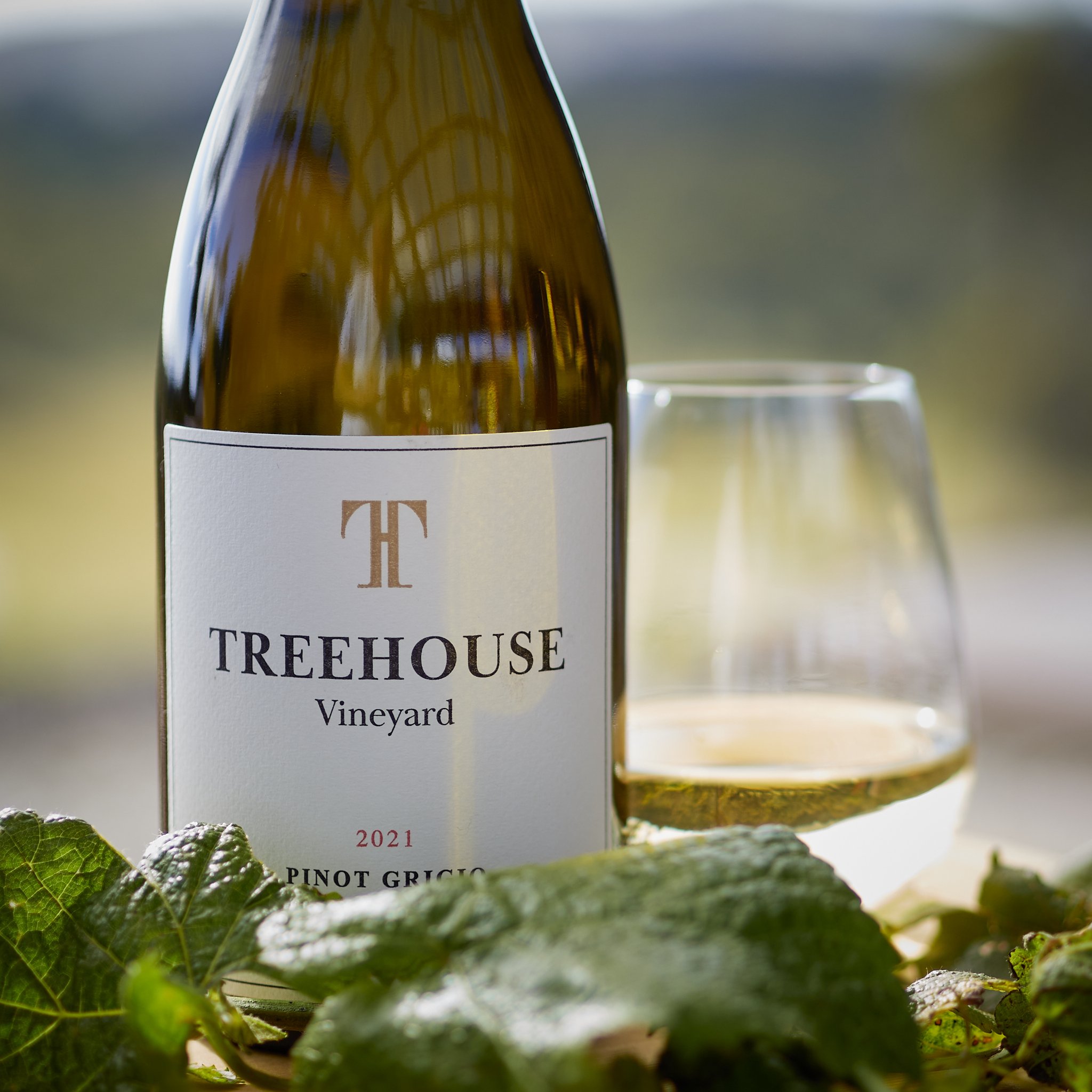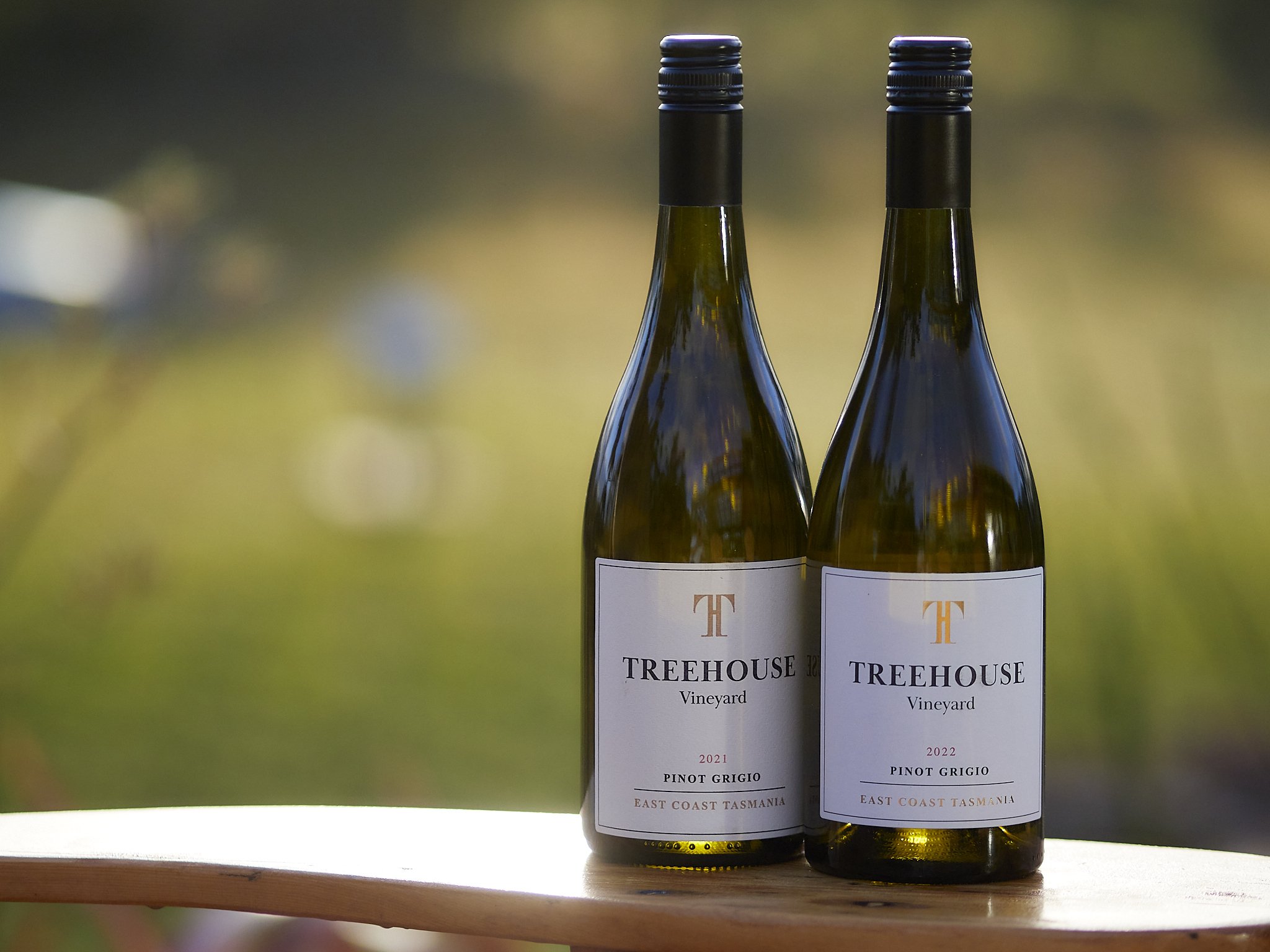When pondering full frame lenses, I went straight to the stills photographers catch-all of full coverage.
The duality of full frame/super 35 magnification as a video benefit gave me a perfect 2 for 1 set of 24/35 and 50/75.
Something did not sit quite right though.
Video, from a content creators perspective tends to employ wide angle lenses a lot, especially vlogging, so something from a full frame 24 or wider.
Cinematography on the other hand, tends to use lenses that stay within the “invisible” envelope. This envelope is the range of semi wide to the shorter tele lenses (f'/f 28mm to about 90mm) , where width of view and magnification are in line with the human eye**.
I knew that getting the 24 to be effectively a 35 in crop mode would not be a real compromise of the S5 sensor, but I also knew, that the bought full frame focal length would rarely be employed for serious filming.
Serious filming, lets unpack that.
Video for clients often involves getting the job done to a decent, but not an overly artistic level. This was fine, but not all I want to do. Commercial videography can creep into the cinematography realm at the top end, but with genuine intent, your perspective changes.
I want to do more serious interviews, creative shooting, something better, that does not rely on gimmicks, funky transitions or special effects, something more aligned with character driven content.
Mise en scene or “setting the scene” is a lot more than just lens perspective and editing tricks. Angles, depth, focus, lighting, movements, blocking and more are the tools used. The lens often is a conservative or natural (invisible) choice. Lens perspectives outside the norm are used, but sparingly with an acceptance that the effect becomes the scene.
So, all I really need are a couple of lens perspectives, not blanket coverage.
Option one is the ubiquitous 24 or 28-70 zoom, but f2.8 on a zoom does not really add anything over a M43 fast prime.
The 30-35mm is the environment lens and one I am usually more confident with. In 16:9 or wider, it has width, depth and context, but also separation (assuming f2-8 to 4 on a full frame or f1.7-2 on M43) and the ability to convey mood. It looks natural to the eye. Bokeh is a balancing act of some, but not too much and becomes one of the tools available. Any wider and this becomes problematic and some stretching of perspective becomes obvious.
Depth of field here is a tool for layers of environmental inclusion.
This is the 17mm Olympus at f2 (roughly ff 35mm f4). There is separation, but it is subtle and harmoniously inclusive. I was shooting from a low angle so perspective is a little exaggerated, but this is as wide as I would go.
The 45-50mm (and the 35 in Super 35), the first of the true portrait lenses, adds a very slight feeling of compression (42mm on a full frame is the true middle) and some genuine “cutting out” power. Although the perspective changes from 35 to 50, it looks more like a “punching in” than a shift in compression.
Depth of field is now a powerful tool, something that can be used at either extreme.
The 75-90mm (the 50mm in crop mode is a 75) is the end of the normal portrait lenses. Just falling short of obvious compression, it adds reach and even more separation. Being a crop also adds great close focus capability. From 50 to 75 is again a “punch in”, but jumping from 35 to 75 is a true change of perspective from one extreme to the other (the group to the individual), but still acceptable. Jumping up to 90mm or longer as an obvious flattening of perspective, often enough to jangle.
Depth of field now tends to be degrees of shallow, with deep depth hard to achieve.
I also have a pair of “character” lenses, the 7Artisans 35 and Pentax 50mm that do the same but differently.
17mm with the G9’s 2.7x loss-less teleconverter crop (about ff 90mm). There is true and obvious separation. A little long for my taste, but M43 seems to lessen the compressed look of a slightly longer lens.
The main thing is, I have subtle shifts of perspective, but stay within the window of a normality.
If I were to buy true cinema glass, a big investment, I would likely go first a ff 30-35, then 65-75 and finally a 45-50, so in effect this is what I have (although I would actually prefer the slightly wider options). The IRIX 30 T1.5 (+45 in S35) was in fact perfect, but not easily attained in Australia, so I dropped it.
The reality is, I could shoot most of my video in one lens, especially with the built in crop-jump and it would likely be the 35 (50).
30mm at the outer edge of the short lens. Perspective runs the risk of getting a little “opinionated” here.
You do not need a wide range of lenses for cinema grade shooting, in fact some of the greatest film makers of all generations have been limited or deliberately limited themselves to one or two focal length only. Knowing your “eye” and the lens that translates that is more important than variety for its own sake.
You have lots to work with and worry about, so settling the “perspective” early on smooths the process.
Also, and this is not a small thing, shooting 4k for 1080p output gives you a lot of in frame cropping.
The fact is, I would likely never use the 24mm or 85mm lenses for serious work because the perspectives are too extreme. The S5, to my mind, is now complete in my world as a serious, but creatively conservative video camera.
My S5 is my “interview” A-cam, the G9II my “action” A-cam, each providing backup to the other with little compromise. It only needs these two or three gentle perspective shifts to work with a solid zoom as backup. The G9II as content creator will have the works from 16-600mm equivalents (before 4k cropping).
*
*On a side note, “wolfcrow” on his tube channel talks about the perfect aperture for cinematography. This is of course not the only one, but the most used and often most useful. It is usually about T4 on full frame, T2.8 on Super 35 (crop sensor) and T1.8 on M43.
This of course changes with focussing distance, but it is a good starting point and even at different distances tends to work. Up close you get intimacy, further back you get layering and at “half body”, you get subtle separation with natural to the eye drop off and focus shifts are also natural.
This is also a favourite of mine for stills work. The “must have more” Bokeh crowd tend to want shallower and shallower depth, with some like Tony Northrup earning derision for completely blurring out the background so it hardly matters if they are standing next to a beautiful lake or a brick wall.
The f1-7/2.8/4 users have context in their images, are using the lens at usually its most harmonious aperture (sharpest, least obvious blur to sharpness ratio, best corrections), find it easier to focus pull and they effortlessly get that cinematic look of separation within their environment.
**We employ two 80-85mm tele lenses with corrected fisheye coverage, something lens technology cannot yet match, but up to 85 magnification or as wide as 28mm width seem right to us. Anamorphic lenses can get closer giving us the “height” of a longer lens, but the “width” of a wider one.






















